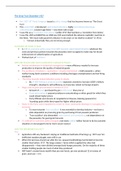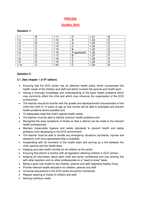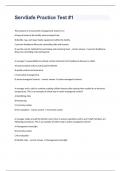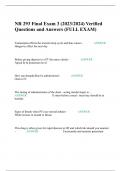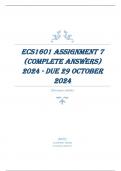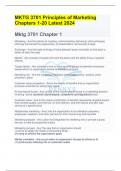Lecture notes
AQA A level History Depth Study Notes - Russia: The Great Turn 1927
Extremely detailed and high quality notes on the Depth Study (Russia) as part of the AQA A Level History course. Notes cover/include: - The Great Turn 1927 - Stalin's Foreign Policy 1924-29 - Collectivisation
[Show more]
